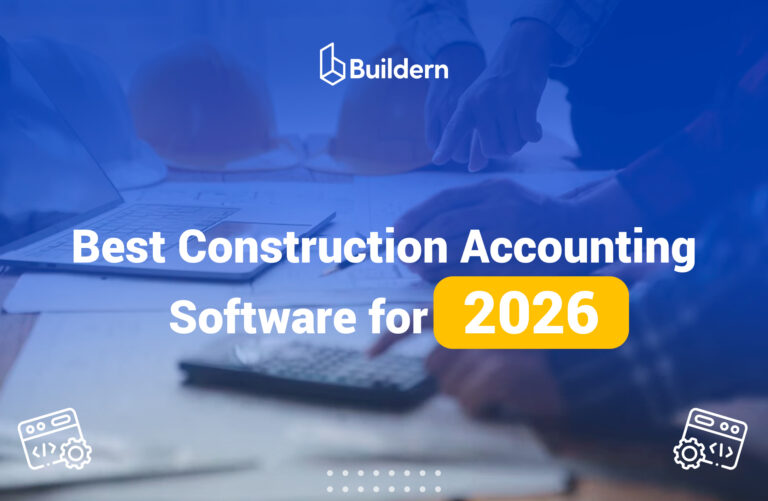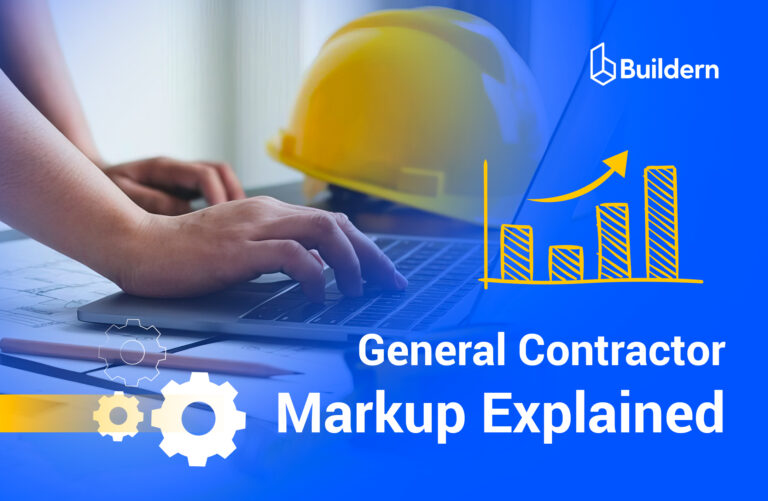Cost Plus vs Fixed Price in Construction: What Invoicing Method to Choose?
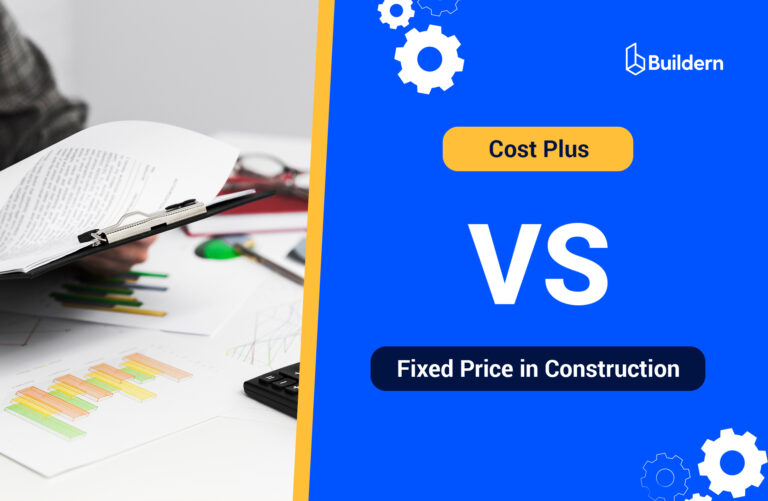
Is it easier to build a house or to manage the paperwork behind it? The answer is that a general contractor is not only a builder but a businessman and must do both.
It does not matter if a builder is involved in custom home or commercial construction; the first step is choosing the right contract. It decides how the project will run and how risks will be shared with the owner.
Two of the most common approaches in construction are cost plus vs fixed price, and each offers different challenges and advantages.
In my article, I will discuss why choosing between these models is important and how this will impact the entire project.
Table of Contents
- What is a Cost-Plus Contract in Construction?
- Pros and Cons of Cost-Plus Invoicing
- What is a Fixed Price Contract in Construction?
- Pros and Cons of Fixed Invoicing
- Cost Plus vs Fixed Price: How to Decide
- Manage Construction Contracts Faster with Software
- Bottom Line

What is a Cost-Plus Contract in Construction?
This type of agreement mentions the actual cost of the project and the fees or percentage that covers the contractor’s profit or overhead. Instead of having a fixed price, every dollar spent during the project is reimbursed.
For example, once I worked on a custom home project where the client initially wanted a modern open-concept layout. As construction progressed, they decided to add a second-floor balcony and reconfigure room layouts. With a cost-plus contract, we were able to implement these changes immediately without having to stop and renegotiate a fixed price.
If we sum up, when the cost-plus contracts work best, it is when the project scope isn’t clear at the beginning or when flexibility is needed. In large custom homes, renovation projects with uncertain site conditions, or commercial builds, where design changes are expected.
So, the client gets a home of dreams, while the general contractor gets compensation for the additional work.
However, flexibility does not mean lack of clarity. Every cost is documented through bills and timesheets. A client can see exactly where their money goes.
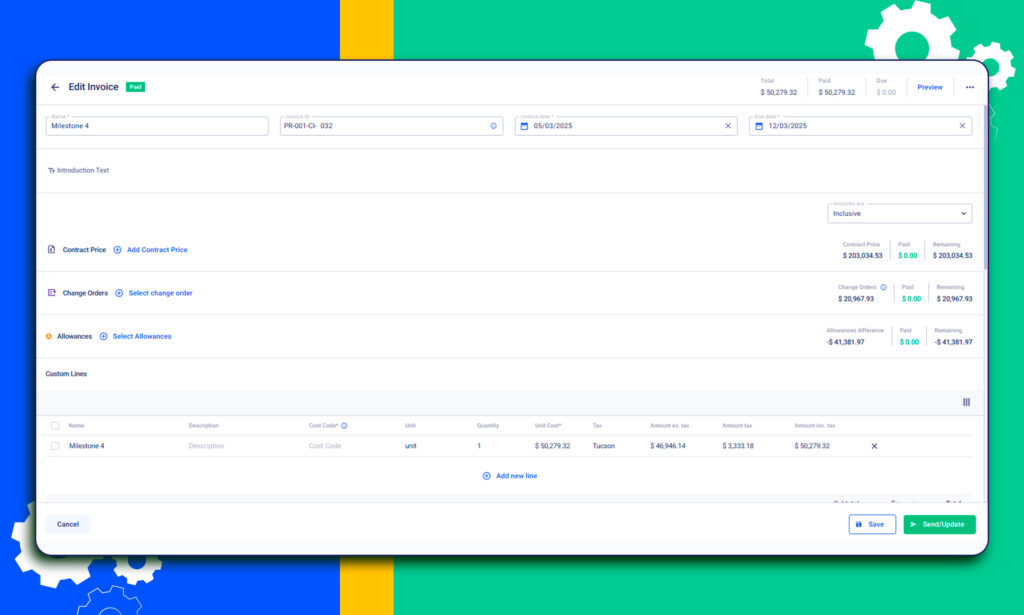
However, it also requires careful financial tracking and communication to prevent surprises.
Understanding Markup in Cost-Plus Contracts
Markup is the contractor’s fee added to each element of the construction: labor fee, material, or equipment lease. It’s often expressed as a percentage, for example, around 25%.
Thus, there is no chance for a general contract to be underpaid. Meanwhile, the client gets a transparent view of how the amount is distributed.
Pros and Cons of Cost-Plus Invoicing udg
Cost-plus invoicing offers flexibility and room for creativity, making it ideal for complex projects. However, it also requires detailed documentation. Just as any model, it has its pros and cons.
Pros
- Quality Focus: From the contractor’s perspective, there is a clear view of actual costs, and there’s no need to save a certain amount to protect profit.
- Transparency: All expenses, including labor, materials, and subcontractor costs, are recorded.
- Flexibility: It’s a great method for coping with the unexpected challenges that come with long-term and complex projects. The point is I can do it without halting progress or renegotiating terms.
Cons
- Administrative Effort: Detailed documentation is needed for every bill and timesheet, which can be time-consuming for both parties. However, if using construction management software, this process becomes much easier.
- Budget Uncertainty for Clients: Costs depend on ongoing expenses, and from the client’s perspective, there is no total price. However, if it’s recorded in detail by a contractor, it’s not a problem.
- Potential for Overspending: Expenses can rise quickly if there is no monitoring, and project changes are frequent.
- Depends on Communication Skills: A builder or a project manager will avoid disputes only if there is transparent communication and trust between the parties.

What is a Fixed Price Contract in Construction?
It’s a contract that a general contractor uses when the project scope is clear and well-defined. In other words, it’s an arrangement where I agree to complete the work for a certain price.
No matter what happens during the project, the price and conditions are clear. For example, it’s the best way to work if you have a remodeling project. It’s easier to plan every detail in kitchen remodeling, including materials and labor.
Of course, even a small project can have an unexpected turn, but let’s admit that a kitchen or remodeling project is not an entire home construction.
It’s not only good for a builder but for a homeowner, as there is a clear budget and expectations. Time and material management are not that complicated, and you know upfront what the project will cost.
Types of Invoicing in the Case of Fixed Price
For effective financial management, it’s important to set up accounting and invoicing from the very start, especially when using construction management software.
Progress Payment
In fixed price construction projects, invoicing is often tied to project milestones or completion stages. In this case, voices are issued at predefined intervals or milestones, such as completing the foundation, framing, or finishing work.
On one hand, it ensures a cash flow for contractors while giving clients transparency on payments tied to tangible project milestones.
Complete Percentage
This invoicing method is based on the percentage of the project completed. For instance, if 30% of the work is finished, the invoice reflects 30% of the total contract price.
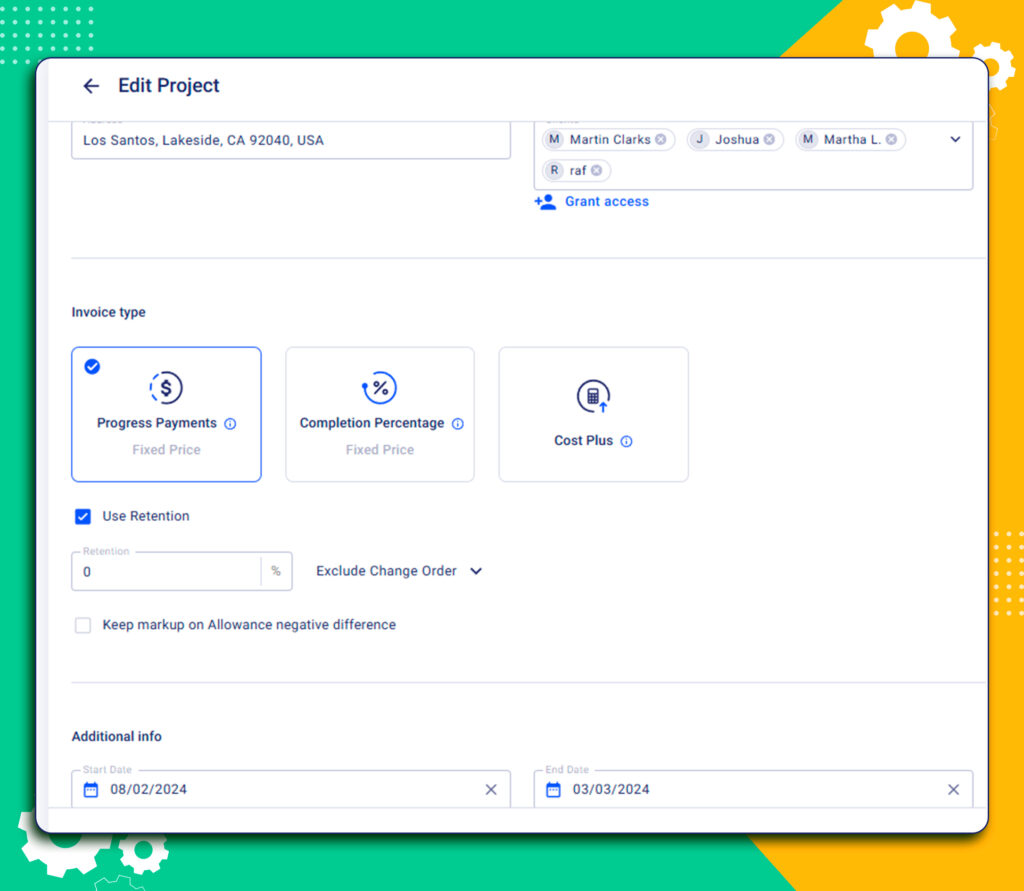
Changing the invoicing type in the middle of a project is technically possible, but I would not recommend it. Once the billing method is switched, invoices sent under the old and new systems would differ, creating confusion and uncertainty for both the client and the project team.
Pros and Cons of Fixed Invoicing
One might think this method is ideal. But it’s important to understand drawbacks as well. Let me analyze the pros and cons to understand what the risks and unexpected challenges are.
Pros
One of the main advantages of this approach is cost certainty, as clients know the total project cost upfront, which makes budgeting far easier.
It also sets clear expectations, defining exactly what work is included and minimizing the risk of misunderstandings during construction. Besides, any cost overruns or mistakes typically fall under the contractor’s responsibility, while fixed invoicing shows the contractor’s accountability.
The payment structure is also transparent, as payments are tied to milestones, helping maintain steady cash flow and clear progress tracking. For clients, this method offers security, knowing they won’t face unexpected charges as long as the project stays within scope.
Cons
However, there are also some shortcomings. For instance, contractors face higher risks, especially when dealing with material delays or fluctuating prices that can increase costs.
This approach also offers limited flexibility. Once the contract is signed, making design or material changes becomes challenging, and it is frustrating for both builders and homeowners. Moreover, contractors may feel pressure to maintain quality even when unforeseen costs arise. Finally, if the scope, disagreements about costs, and responsibilities can quickly turn into disputes.
From my experience, choosing a fixed price contract works best for short-term projects with clear, stable scopes where unpredictable changes are less likely.
Cost-Plus vs.Fixed Price: How to Decide
Choosing between cost plus vs fixed price contracts is one of the most important decisions a contractor makes before starting a project.
I believe the best starting point is to assess if there is a clear understanding of the project scope. If the client already has a complete design, detailed drawings, and selected materials, a fixed price contract usually works best. It provides clear expectations and helps avoid price disputes.
On the other hand, if you’re working on projects like a commercial space where much can change, a cost-plus contract is the safer choice.
Most importantly, the decision depends on the client’s priorities. Not all clients may agree to work on a cost-plus project. They have a fixed budget and do not want to go beyond it. However, if they want creative freedom and collaboration, go cost-plus.
Manage Construction Contracts Faster with Digital Solutions
No matter what invoicing method a builder chooses, manual entry ot the data is a tough challenge, especially when dealing with cost-plus contracts. Every expense has to be documented.
It’s all much easier with our construction management software, where every change order, markup, and retention is automatically reflected in your project budget.
For example, an approved change order becomes a mini-contract. The software shows a cost breakdown and, most importantly, client approval and signature. For me, as an industry specialist, it’s important since all project changes are properly authorized before implementation.
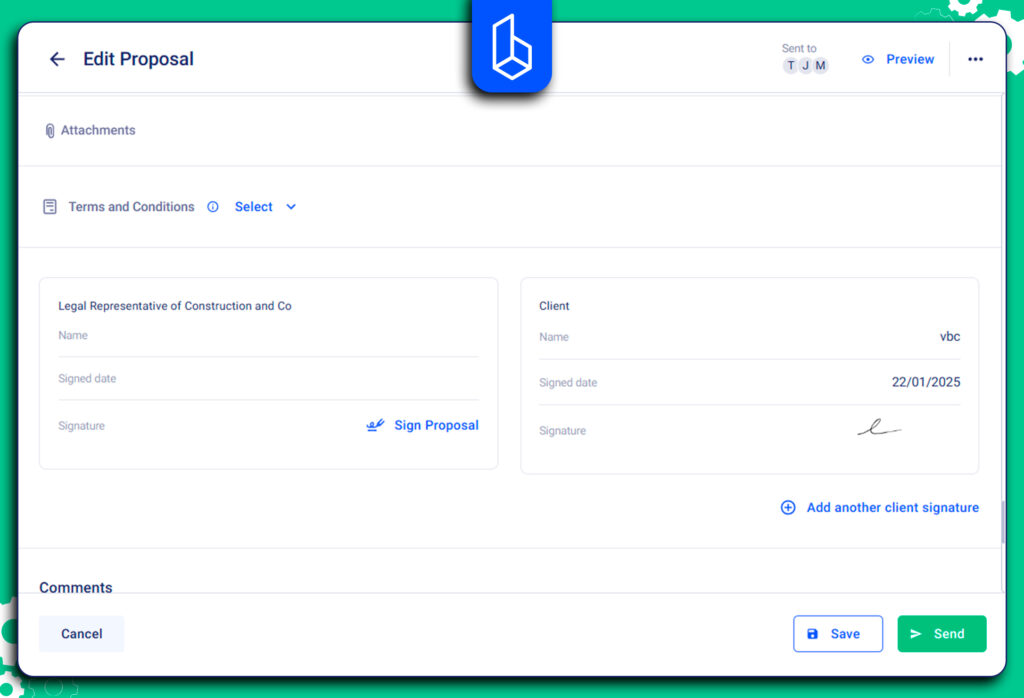
In this case, a client benefits because of having full visibility into how the money is spent. In short, construction management software handles the administrative tasks, saving more time for building.
Bottom Line
When looking at all factors mentioned above, the main difference between the contacts lies in the following:
- Contract choice matters as the invoicing type shapes project budget, timeline, flexibility, and possible risks.
- Start with financial settings: proper accounting, invoicing, and documentation from the start prevent disputes, regardless of the contract type.
- The decision depends on the project and client needs: some projects need a fixed-price contract, while others need a cost-plus contract.
- Using software: management of the contract components is much easier when it is not done manually but with the help of digital tools.
Can You Switch from a Cost-Plus Contract to a Fixed Price Mid-Project?
Technically, it is possible, but there are some hurdles you may face. Moreover, it can confuse billing, documentation, and expectations. It’s best to decide on the right model from the start to maintain consistency.
How Does Construction Management Software Help with Contracts?
When choosing the invoicing type at the beginning of the project, it is automatically applied to the rest of the project. Thus, tracking change orders, adding retention, and markup are easy and do not require much effort.
Which Type of Contract is Better for Homeowners?
Even though cost-plus includes a markup on labor, materials, or other items, this doesn’t mean it’s bad for the homeowner. It depends on the homeowner’s priorities. If the goal is tight budget control and predictability, a fixed price contract is ideal.
Whether a homeowner values flexibility and is ready to make many changes but wants transparency into every dollar spent during the project, a cost-plus will fit.

